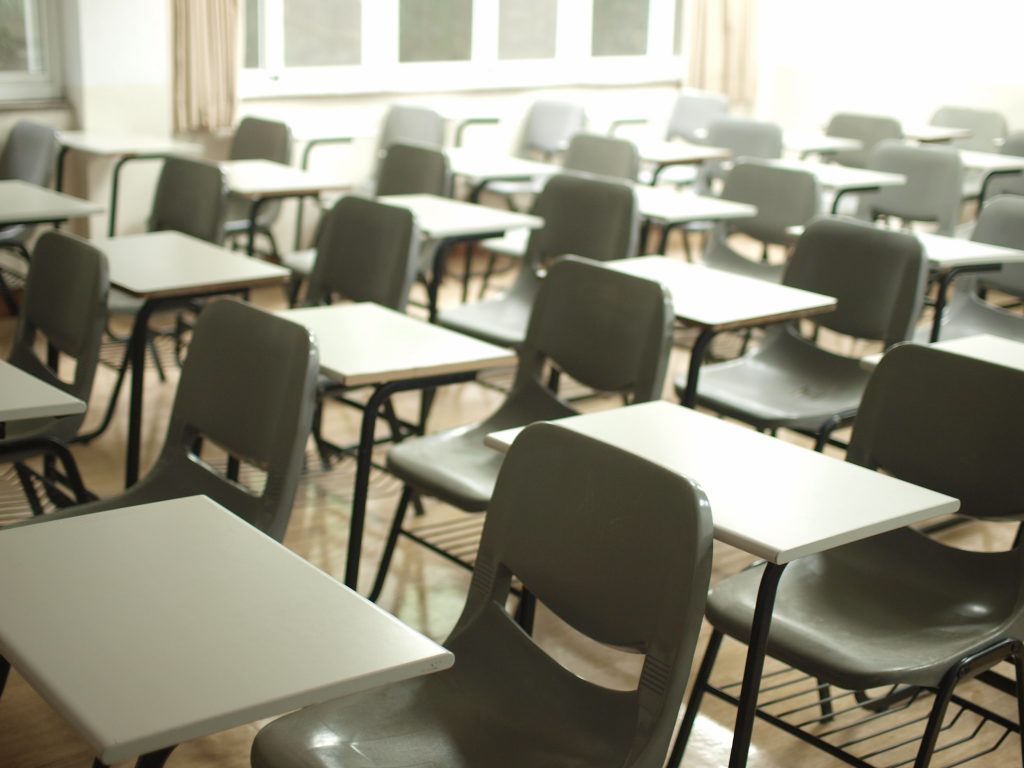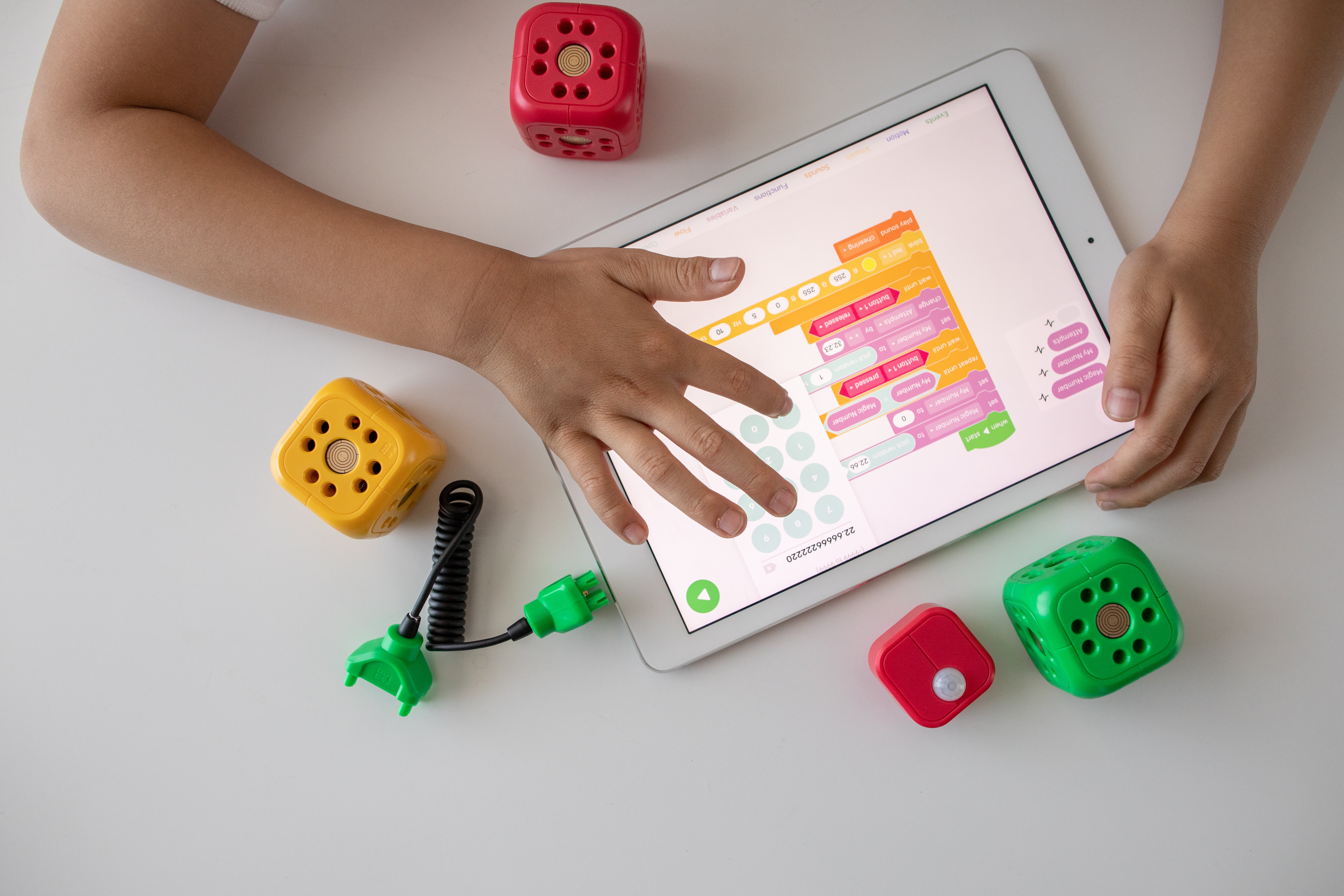The title notwithstanding, assessment is an integral part of the learning process. Through ongoing assessment, teachers build a comprehensive picture of the progress and learning needs of each child in order to plan future work and ultimately improve learning.
“Formative assessment is concerned with how judgments about the quality of student responses (performances, pieces, or works) can be used to shape and improve the student’s competence by short-circuiting the randomness and inefficiency of trial-and-error learning. The indispensable conditions for improvement are that the student comes to hold a concept of quality roughly similar to that held by the teacher”.
(Sadler 1989)
So, in part, it’s down to aligning the learners and teachers understanding of ‘quality’? Sounds good to me. It certainly provides a framework for setting targets, creating learning journeys and the use of evidence for learning. If a teacher shares learning goals with students, the learning journey can be stepped-through together, and feedback (based on assessment) will inform next-steps to further learning and how to take them. Key to this is the learner’s ability to ‘recognise’ those next steps, which in itself is a form of (self)assessment.

In 2007 CCEA introduced the Revised Curriculum and with it ‘Assessment for Learning’. At the time some felt the term interchangeable with ‘Formative Assessment’ since it shares many of the defining attributes including the examples below from CCEA.
- The active involvement of children in their own learning by sharing learning intentions with children.
- Developing their awareness of the skills and knowledge that are being developed.
- The provision of effective feedback to children.
- The development of children’s ability for peer and self-assessment by helping them to review and evaluate their own and others’ work, set their own goals, following effective questioning and feedback, to understand how to improve.
- The use of outcomes of assessment to inform future teaching and learning. Using a varied range of assessment techniques should be used as an integral part of the learning and teaching process. Techniques include observation, class discussion, oral, written, visual presentations and physical demonstrations.
- Evidence from these activities can be used to help teachers identify strengths and areas for improvement and plan the next stages of learning.

So how do we create an integrated ‘process’ to manage the available data on a student’s progression (or otherwise) in their learning?
Differences in definitions aside, it might be better to conflate ‘Formative Assessment’ and ‘Assessment for Learning’. Both have as a core priority, the desire to promote a student’s learning. Surely, in these times of hybrid teaching and learning methodologies this is an alternative to those assessment methods that historically were based on exam results, grading, and accountability?
Under current circumstances schools will need some way to grade achievement. A strategy that will have a tangible purpose when informing teachers, pupils, and parents about choices in the learning journey.
In conclusion, perhaps part of the solution is an amalgam of formative assessment and other methods currently employed by schools such as PTE, PTM and very importantly PASS.
It is incumbent upon us to leverage everything at our disposal to ensure we deliver the best possible experience to all our students. If this involves assessing both pastoral and academic data (and supporting evidence), then we must strive to find ways to make that possible.
All of this will be crucial in guiding our young people in making the right choices, at the right time and for the right reasons.


